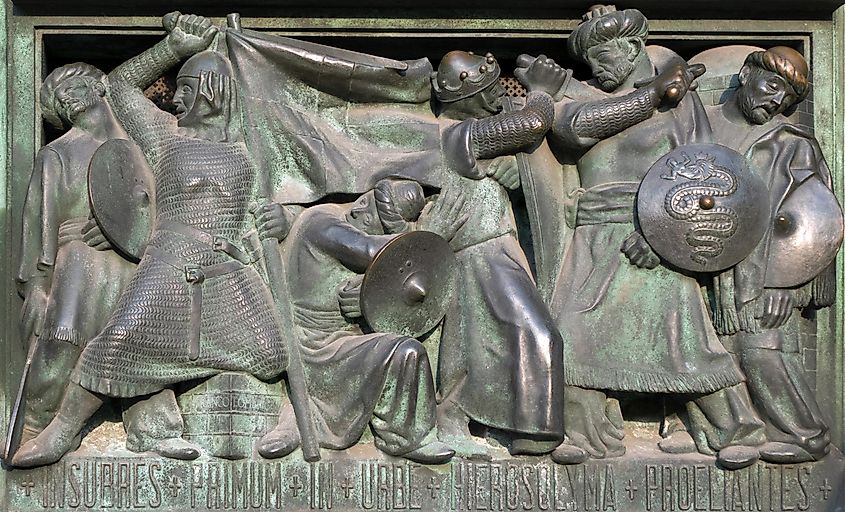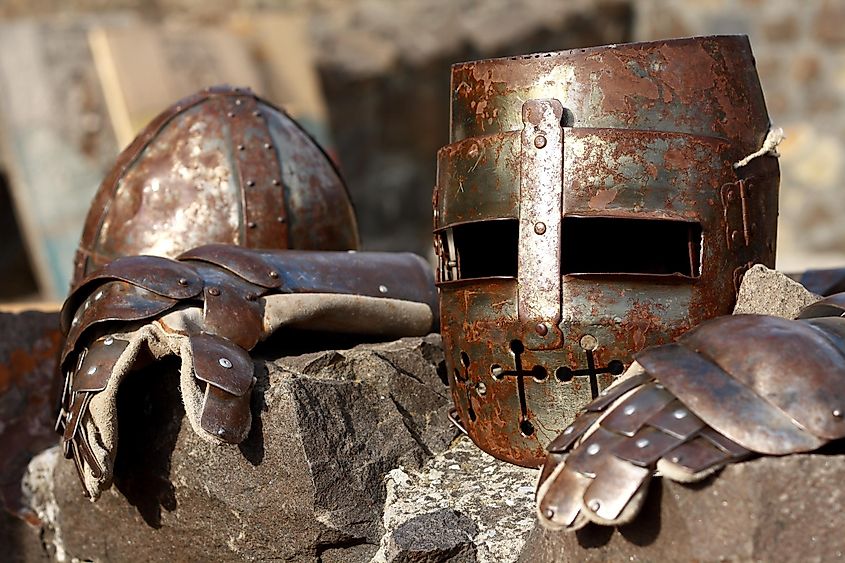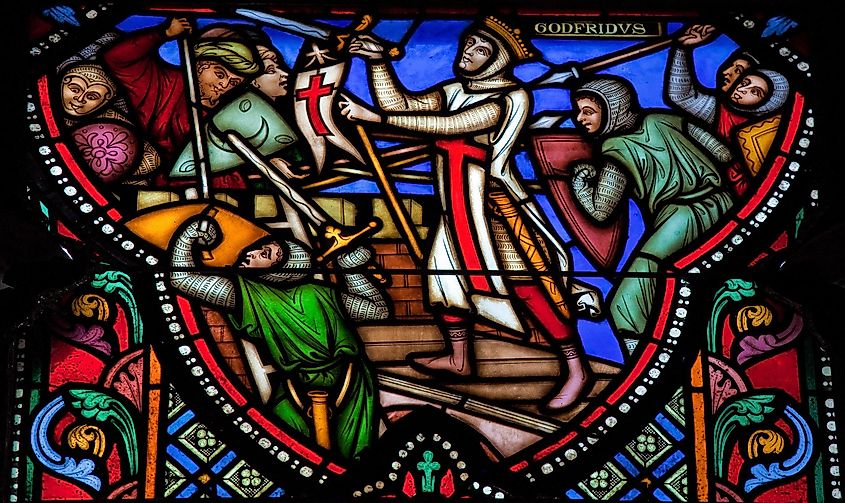
The Siege of Damascus
The Second Crusade began on December 1st, 1145, when Pope Eugenius III called for the recapturing of the Mesopotamian city of Edessa from the Muslim Zengid dynasty. The Christian armies were primarily led by King Louis VII of France and Conrad III of Germany. However, amidst allegations of sabotage, the crusaders were thwarted in their efforts to take Edessa. Louis and Conrad then regrouped in Jerusalem, which had been captured by crusaders in the First Crusade almost fifty years earlier. Instead, the two kings, along with a council of other European leaders, decided to take Damascus from the Burids, another Muslim dynasty. While the exact reason for changing their objective is unclear, historians speculate it was due to Damascus' proximity to Jerusalem and its historical importance and wealth. Others suggest that the Christians thought Damascus would fall quickly. Regardless of the reason, the subsequent siege proved decisive for the outcome of the Second Crusade.
The Siege

The attack began on the morning of July 24th, 1148, along the banks of the Barada River. Christian crusaders quickly pushed the Damascene army behind the city walls. The citizens then barricaded major streets in anticipation of a seemingly inevitable battle. On the 25th, the crusaders had stationed themselves at the Green Maydan, a training area used by the Damascene cavalry. However, the Burids launched a counterattack and repelled the Christian armies northward. This seemingly small victory allowed Muslim reinforcements to arrive from Lebanon on the 26th and 27th. Having partially lost their foothold, the Crusaders focused their efforts east. This change in strategy was accompanied by arguments amongst European nobility over who would control the city if it fell. In short, mere days in, the siege was not going as quickly or as easily as the Christian crusaders had anticipated.
The End

On July 28th, Louis VII and Conrad III decided to retreat. The reasons for this decision were as follows: Firstly, the terrain was rugged and considering the size of their armies, the city was simply too big to conquer. Secondly, the Burids and their allies proved more tenacious than expected. Thirdly, Nur Ad-Din, ruler of the Zengid dynasty, was fast approaching the city, and his army would have likely caused significant damage to the crusader army. Fourthly, and finally, the crusading armies were running out of food and water. All these factors thus led to the Siege of Damascus ending in defeat for the Christians.
The Importance

The failed siege of Damascus signified the end of the Second Crusade. Furthermore, in sharp contrast to the "glorious recapturing" of the Holy Land of the First Crusade, the Second Crusade was a dramatic failure. It also had unintended consequences for the Muslim world. Indeed, taking advantage of the Crusaders' defeat, the aforementioned Nur ad-Din, ruler of the Zengid dynasty, took Damascus from the Burid dynasty in 1154, thereby unifying Syria. Ad-Din then conquered Egypt in 1168, overtaking the Fatimid Caliphate while fighting off incursions from Christian crusaders. In short, the failure of the Siege of Damascus and the Second Crusade led to even more threats to the Christian world by way of a more powerful Muslim dynasty, thus paving the way for more crusades in the future.











